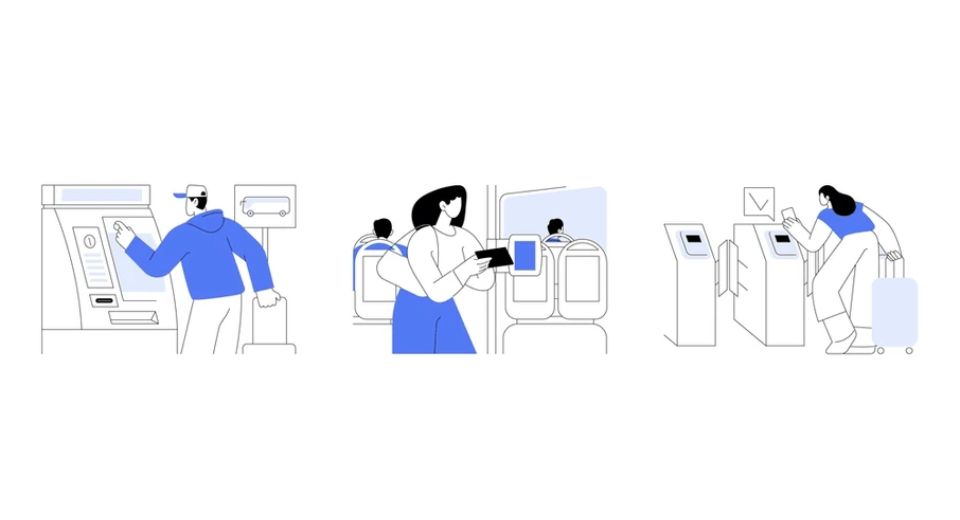
Dec 26, 2024

According to Metastat Insight, the Global Public Transport Smart Card Market study illuminates the changes that are transforming the industry. With the modernization of public transportation systems across the globe, smart cards have become a backbone of efficient and smooth travel. These cards, often embedded with advanced technology, are changing the way people access and interact with public transport networks, providing solutions that reduce delays, enhance user convenience, and streamline operational management for transit authorities. The evolution of this market reflects broader trends in digitization and urbanization, emphasizing the need for sophisticated infrastructure to meet growing population demands.
Global Public Transport Smart Card market is estimated to reach $7,474.77 million in 2024 with a CAGR of 6.6% from 2024 to 2031.
An ability of the smart cards to respond to several common challenges of public transport accounts for their increasing dependence. Removing the need for paper tickets or exact cash payment reduces boarding times and also administrative burdens on the operator while making it easy for the passengers. This ability in integrating multimodal networks explains their versatility. Whether used for buses, trains, or subways, such cards create a unified payment system, thereby fostering interoperability between different modes of transports. Passengers benefit from a seamless journey with satisfaction, which encourages greater public transport usage.
Smart cards are not just used for fare collection. In fact, there are now systems that have many additional features, such as travel updates in real-time, balance tracking, and even rewards for loyal customers. Such additional functionalities are good not only for engaging the users but also giving precious data insights to transit authorities. In analyzing trating sustainable and efficient urban transport ecosystems.
This will allow operators to make informed decisions on how to optimize routes, manage peak hour congestion, and allocate resources more effectively. This data-driven approach is in line with the broader goals of creacards, which continues to advance with innovations such as contactless payment systems and biometric integration. For example, contactless systems allow passengers to tap their cards or compatible devices at entry points, thus greatly reducing transaction times. This innovation has been found particularly helpful in high-density urban areas, where quick passenger flow is vital for maintaining operational efficiency. Biometric features, still in their nascent stages of adoption, promise further enhancement of security and personalization within the smart card framework. These developments are a testament to the industry's commitment to embracing cutting-edge solutions that cater to both current and future demands.
The smart card adoption has also impacted the financial side of public transportation. Electronic payment systems allow transit authorities to reduce revenue leakage and increase transparency in financial transactions. For passengers, the adaptation into smart card systems implies generally flexible fare structures, such as distance-based pricing or a time-based pass, making these commute options more adaptable to different needs.
Through this financial efficiency, for the both operators and user groups, it is seen that they benefit from and their benefits are reinforced by the value proposition offered through smart card technology.
It is not without hurdles and difficulties that smart card system implementations are done. High initial investment costs and the need for comprehensive infrastructure development are major barriers, especially in regions with limited financial or technological resources. However, partnerships between governments, private sector stakeholders, and technology providers have been key to overcoming these barriers. Cooperative efforts have enabled the deployment of scalable and cost-effective solutions, ensuring that even underserved areas can benefit from modernized public transportation systems.
In the years ahead, the Global Public Transport Smart Card Market shall see a continuation of this trend of expansion. Worldwide cities with rising problems like traffic congestions, environmental degradation, and sprawls realize how necessary effective and efficient transportation has become for their metropolitan economies. It is without question that smart cards - integral components of such ecosystems - shall stand among the key movers on a way toward more urban mobility. Further, the increasing focus on sustainability and green technologies will continue to propel innovation in this area, and smart cards will be an integral part of the process to promote environmentally friendly public transport options.
The thorough research on the Global Public Transport Smart Card Market conducted by Metastat Insight is significant for defining the future of public transportation. From streamlining daily commutes to facilitating data-driven decision-making, smart cards have become an indispensable tool in tackling the complexities of modern urban mobility. As the technologies that comprise these systems continue to redefine what is possible, their role in building efficient, inclusive, and sustainable transit networks will only grow stronger, marking a transformative era in public transportation.
Drop us an email at:
Call us on:
+1 214 613 5758
+91 73850 57479